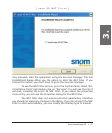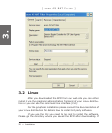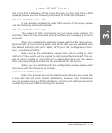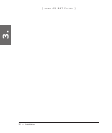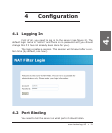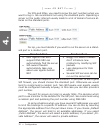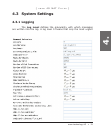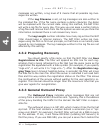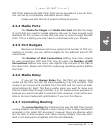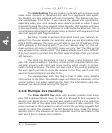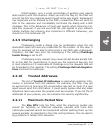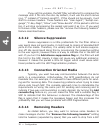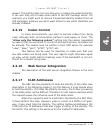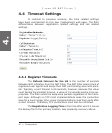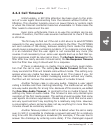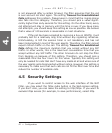
snom technology AG • 35
[ S N O M 4 S N A T F I L T E R ]
NAT Filter. Because the NAT Filter itself can be operated in a server farm,
you can set up a completely redundant server setup.
Please see also the list of explicit outbound proxies.
4.3.4 Media Ports
The Media Port Begin and Media Port End indicate the range
of ports that are used for media relaying. Be sure to have enough ports
allocated for the number of calls that you wish to route through the NAT
Filter. This is a setting you may have to coordinate with your firewall.
4.3.5 Port Budgets
Because on Windows and Linux systems the number of TCP con-
nections is limited, you can define budgets for the different kind of TCP
connections.
The Number of Web Connections defines how many sockets
for web connections (TCP and TLS) may be used, the Number of SIP
Connections defines how many user agents may connect to the SBC at
the same time. Please note that the underlying operating system defines
the limits.
4.3.6 Media Relay
If you set the Always Relay flag, the filter will always relay
media via the filter and will not allow bypassing it by ICE contacts. That
means it will remove ICE contacts from the SDP and not insert an addi-
tional address for itself. This flag is useful when you want to make sure
that all media flows through the filter, e.g. for measurement purposes or
because you want to be able to record all calls. However, it will not be pos-
sible to do local media path optimization if you turn this flag on.
4.3.7 Controlling Routing
The Loose Routing flag influences the way the NAT Filter inserts
routing headers into SIP packets. Loose routing is the routing mechanism
proposed in the latest SIP document; however there are devices which
are not able to deal properly with these routing headers (the new stan-
dard is not backward compatible with the old standard).
4.



